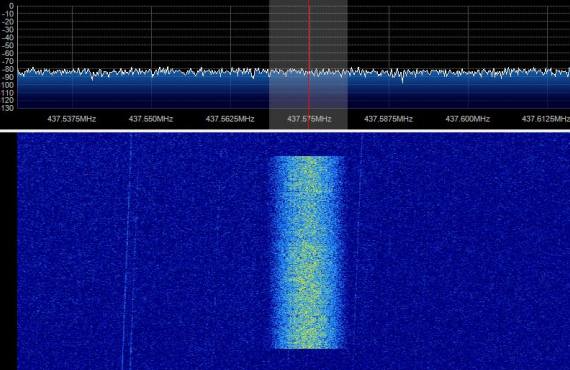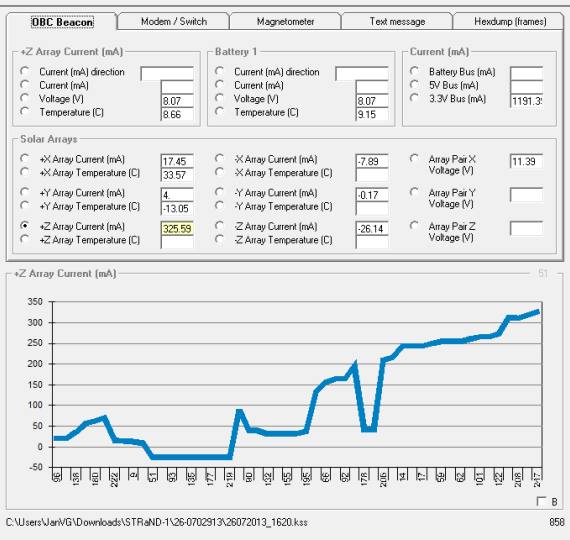There is a new SDR# DDETracker plugin.
Ian Gilmour (MM6DOS) has created an add-on to the excellent SDR# program which allows DDE compatible software to control the receive frequency in SDR# Required for best results to correct for the Doppler shift when working with satellites with for example: WXTrack, SatPC32 and Orbitron.
![]()
The new version now also supports mode setting. I use this version in combination with SatPC32 and works great. Download the plugin via his website, copy two dll files and add the following to you SDRSharp.exe.Config file. (Newer SDR# version – Plugins.xml)
<add key="DDE Tracker" value="SDRSharp.DDETracker.DdeTrackingPlugin,SDRSharp.DDETracker" />
SDR# DDE Plugin: DDETracker (Version 5 beta: DDETracker V5 beta Binaries)
Update: 04-01-2014
The combination that is working for me, is SDR# Nightly build, the V5 beta binaries from Ian and SatPC32 V.12.8c. When talking to PA3GUO we found out that the current stable version (Rev 1000) isn’t working. When using SatPC32 the DDE interface is configured via the DivOptions.SQF file and I use the following settings:
- (1)
+ (2)
+ (3)
- (4)
- (5)
;
; Hints
;
; The +/- signs in lines 1,2,3,4 and 5 allow manual changes of program
; options whiche cannot be done in the menu 'Setup' and its sub menus.
;
; Don't forget to save possible changes, please!
; All changes require a program re-start to take effect.
;
; Line #1: Rotor and CAT steering functions
+: are available in a 2nd program instance,
; -: are not available in a 2nd instance (default),
; Line #2: The "general" DDE interface will output data
, +: constantly,
; -: only when the satellites elevation is > 0 (default),
; Line #3: Frequency values sent by the DDE interface
; +: do not include converter/transverter offsets (default),
; -: include converter/transverter offsets,
; Line #4: SatPC32 steers
; +: only the Downlink frequency and mode,
; -: Downlink and Uplink frequencies and modes (default)
;
; Line #5: Auxiliary files will be opened with
; -: Notepad (default).
; +: the build-in editor.

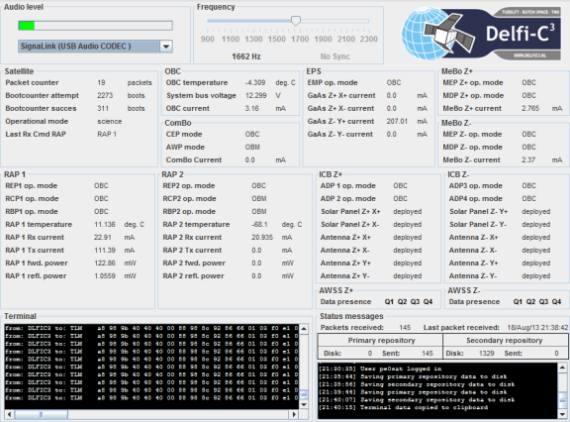
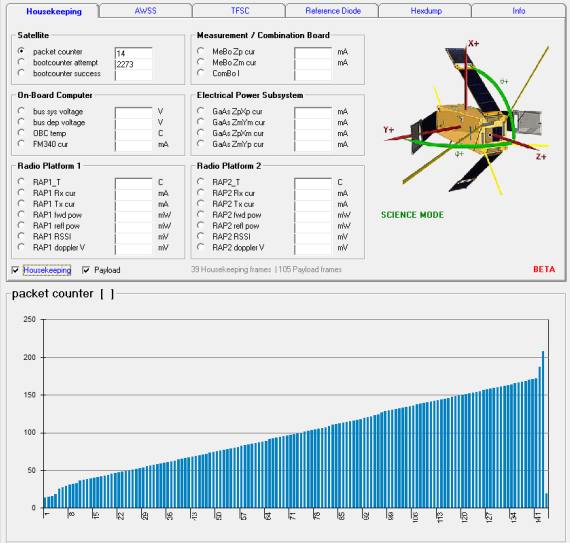
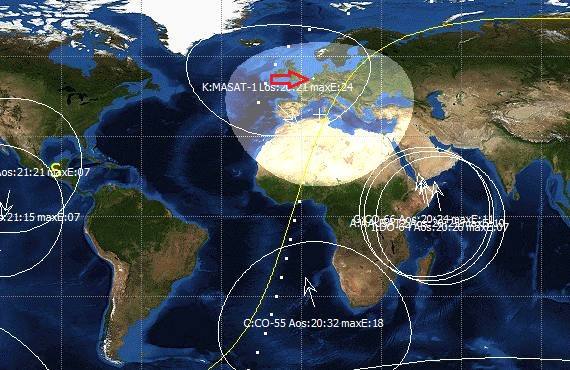
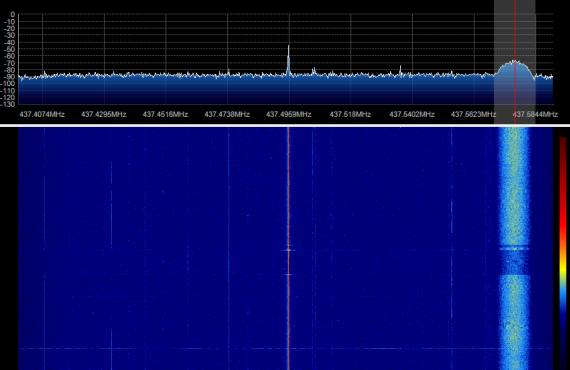
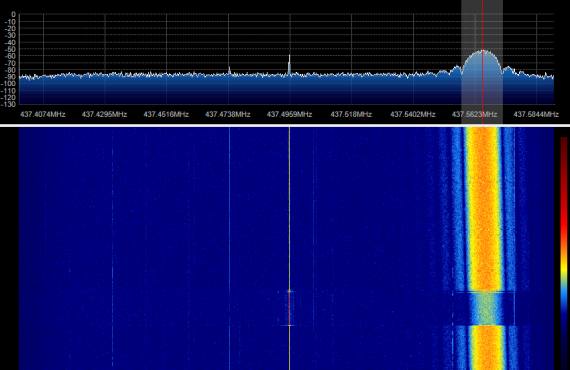
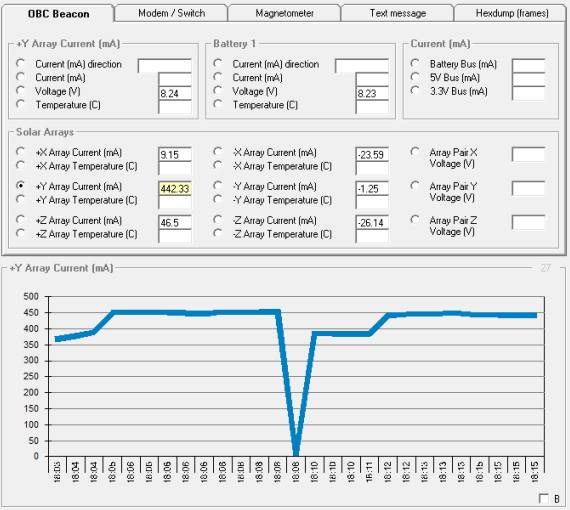
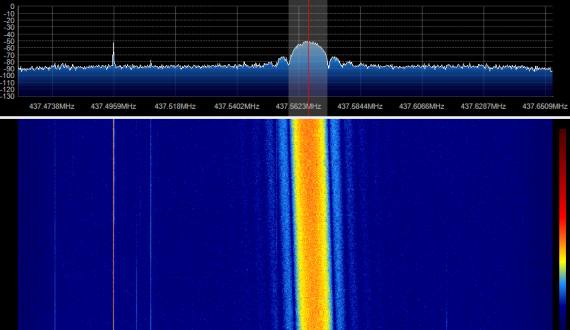
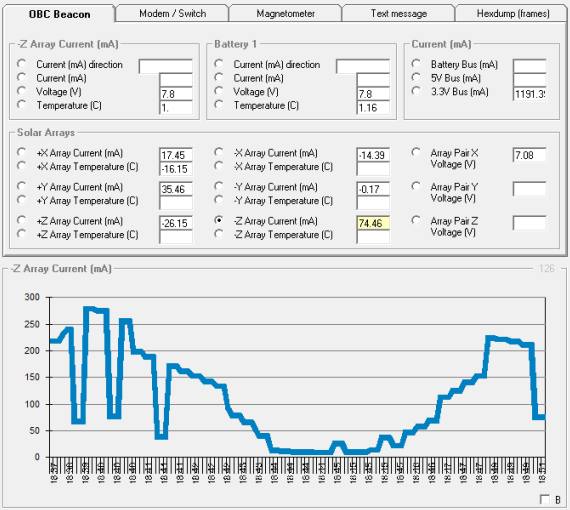
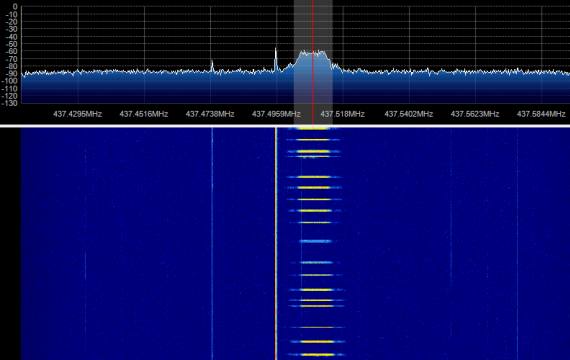
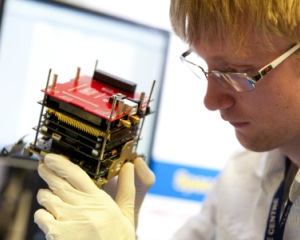 Just last weekend at the Amsat-UK Collegium, I heard Dr. Chris Bridges say that it would probably be November before we would hear STRaND-1 again, in that period the satellite would go in eclipse causing the system to reset.
Just last weekend at the Amsat-UK Collegium, I heard Dr. Chris Bridges say that it would probably be November before we would hear STRaND-1 again, in that period the satellite would go in eclipse causing the system to reset.